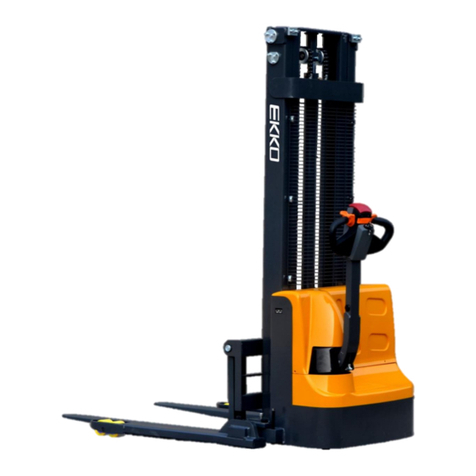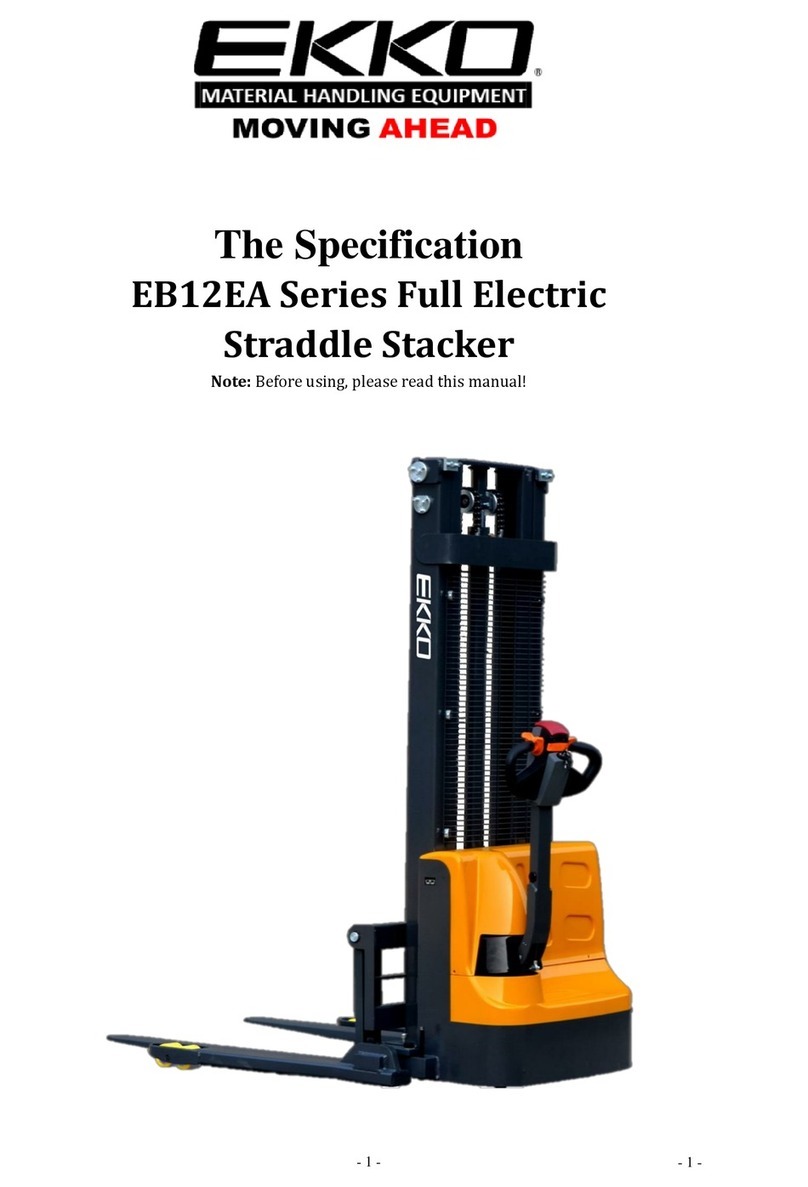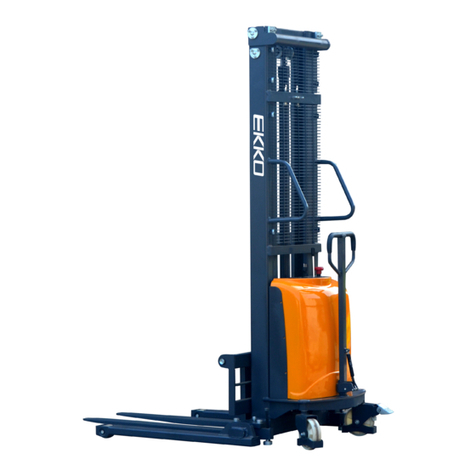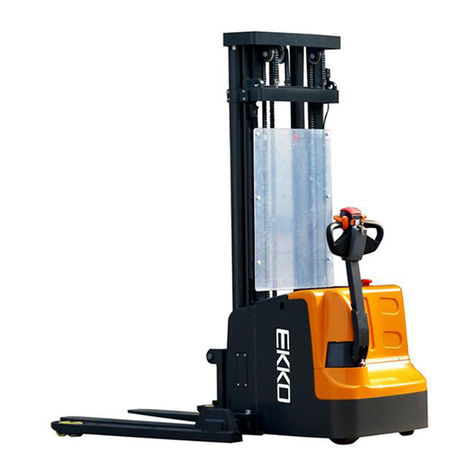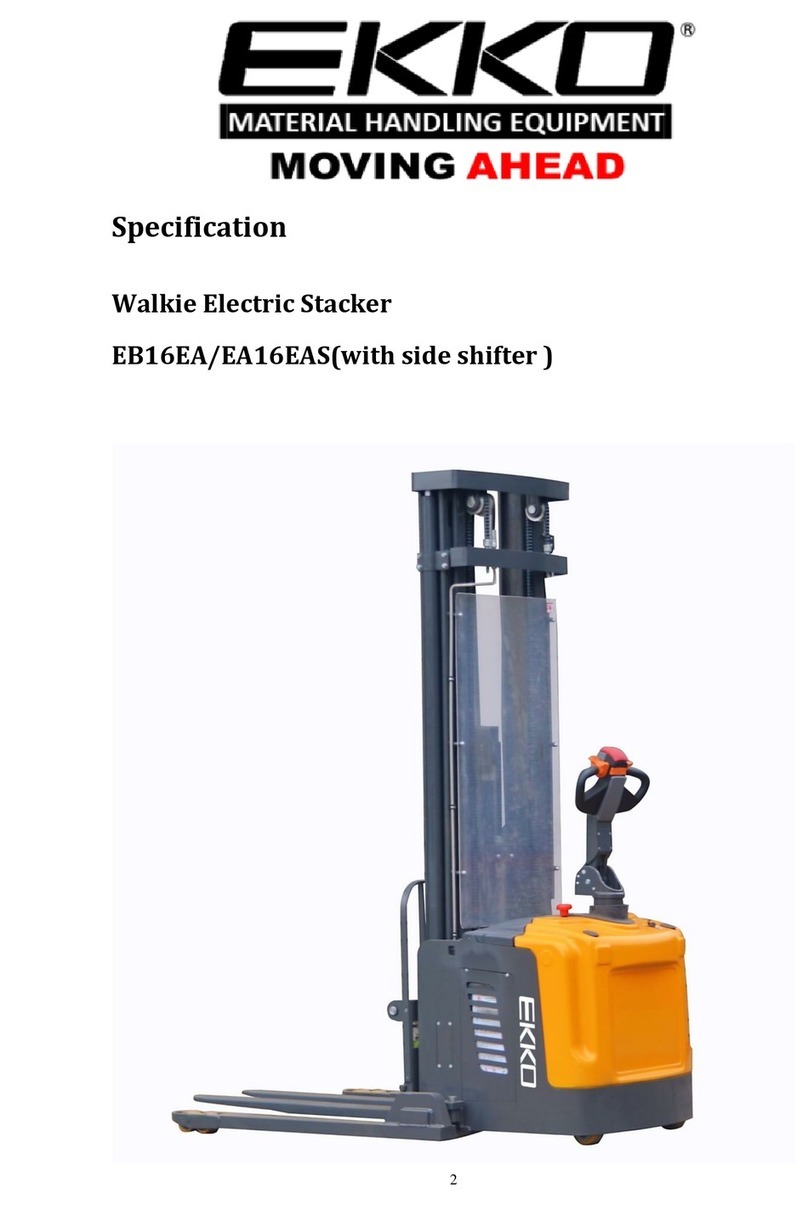Table of Contents
1. Maintain list.............................................................................................. 1
A. Main part overview ................................................................................ 1
B. Lubrication point .................................................................................... 3
C. Check and refill hydraulic oil.................................................................. 5
D. Check electrical fuses ........................................................................... 6
2. Failure analysis........................................................................................ 7
A. Common failure analysis ....................................................................... 7
B. Controller fault code display .................................................................. 8
C. Troubleshooting for common faults........................................................ 9
3. Wiring/circuit diagram..............................................................................11
A. Circuit diagram .................................................................................... 14
B. Oil hydraulic circuit .............................................................................. 14
C. Hydraulic oil inspection........................................................................ 16
4. Disassembly of main parts ..................................................................... 17
a. Electromagnetic brake adjustment ...................................................... 17
bDisassembly of driving assembly......................................................... 17
c. Disassembly of electromagnetic brake ................................................ 18
d. Drive internal gears and bearing.......................................................... 18
e. Operating handle assembly................................................................. 19
f. The mechanical part of electric stacker ............................................... 19
g. Pump motor ....................................................................................... 20
5. CURTIS handle programmer manual content ........................................ 21













